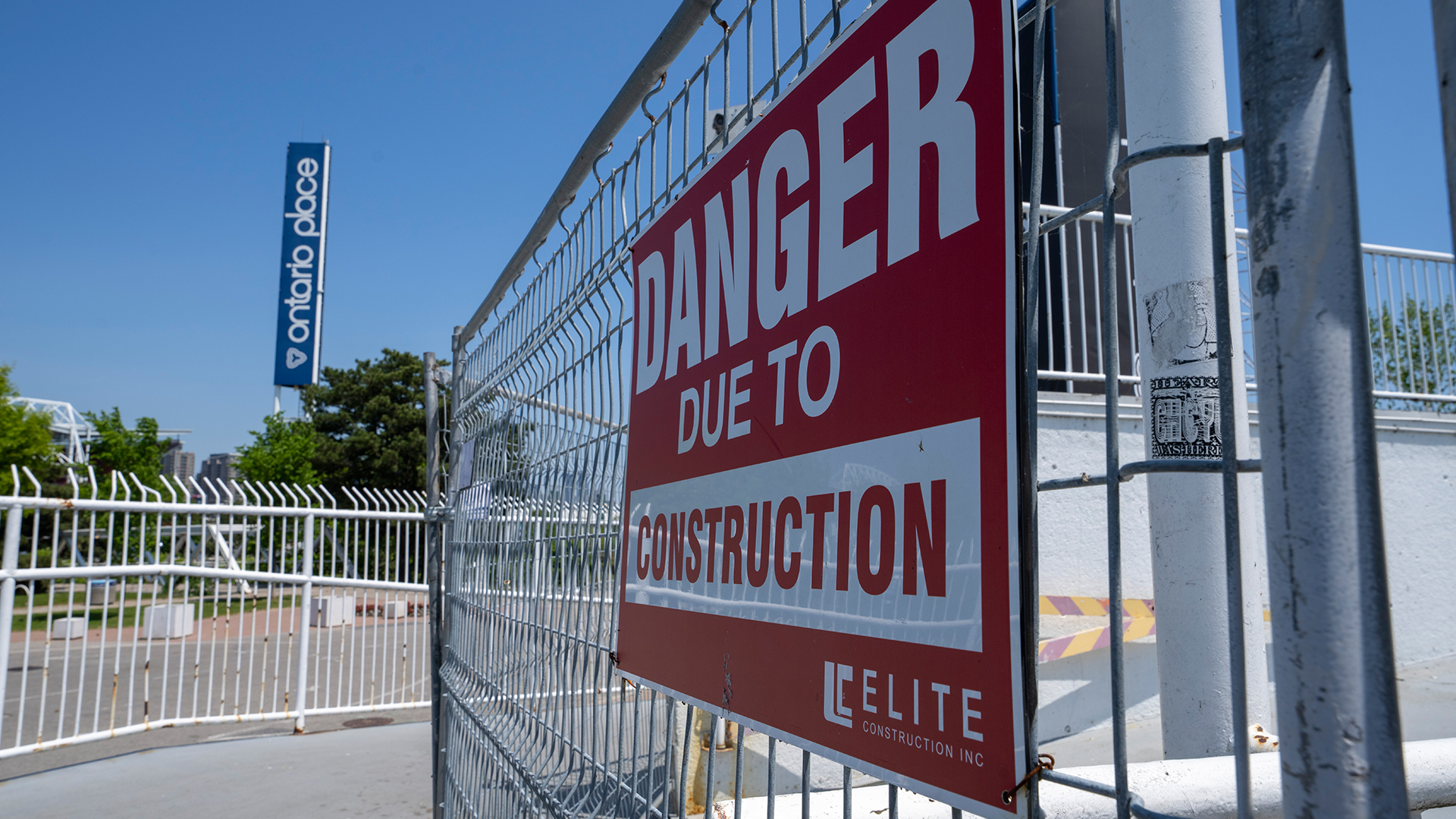
As distant cousins in the world of public policy, Australia and Canada share many common features and challenges, despite the waters that separate them. Thus, the recent announcement of a comprehensive review of hundreds of Australian infrastructure projects should serve as a cautionary tale for Canada, a country that is currently in the midst of its own ambitious infrastructure agenda.
The Australian review, spurred by rapidly rising labor and raw material costs, has exposed the vulnerability of an overburdened and overcommitted infrastructure pipeline. With construction costs soaring and many projects facing delays and cancellations, the Australian experience underscores the need for a judicious approach to planning and delivery – one that emphasizes prioritization, coordination and innovation.
Canada faces similar pressures. There is a shortage of care facilities for an ageing population, housing pressures from increased immigration targets to maintain an active working class and the energy transition needed to meet climate targets.
Canada’s storied history of infrastructure development has seen many accomplishments, such as the construction of the Canadian Pacific Railway in the late 19th century, which united the vast country and facilitated trade and transportation from coast to coast.
More recently, the nation witnessed the rise of modern transit systems, like Vancouver’s SkyTrain, and innovative renewable energy projects, such as the Lower Churchill hydroelectric project in Newfoundland and Labrador.
While these successes demonstrate Canada’s ingenuity and resilience, there were also challenges such as unfavourable building conditions, financial and technical obstacles and competing stakeholder interests. These challenges serve as a reminder that future infrastructure projects will require careful planning, strategic foresight and the willingness to learn from past experiences.
To complicate the situation, the politics of a housing crisis, pressure from NATO to build up defense and a race with Washington to secure a green economy has many ministers and policymakers singing “build baby build.”
The cumulative number of projects between the public and private sectors and across levels of government, combined with skill shortages and material cost increases is creating significant pressure. And just like in Australia, there is competition for skills and materials.
For Canada, learning from Australia’s cautionary tale means adopting a strategic approach. This means prioritizing projects to address both long-term needs and the changing realities of today’s global economy.
By delivering infrastructure projects that promise greater economic and social returns first, Canada can ensure its investments yield the maximum benefit for its citizens.
Collaboration and cross-cutting partnerships that link stakeholders must also play a central role in Canada’s infrastructure planning. With multiple levels of government involved in infrastructure development, everyone must work together to meet objectives and share resources. This collaborative approach will not only help streamline decision-making but will also create synergies that can drive innovation and deliver better outcomes.
Incentive-based procurement and delivery approaches can often turn unlikely outcomes into success stories. The federal government’s “Investing in Canada” plan, for example, includes a variety of funding streams for provinces and territories to deliver on specific national priorities such as transit, climate resiliency, child care centres or social housing.
The “Smart Cities challenge” provides funding for municipalities to develop innovative solutions to urban infrastructure challenges (such as energy conservation). While it’s too soon to measure the affect of these initiatives, they hold promise for a more efficient use of resources.
Embracing other types of innovation and new technologies is another component an infrastructure strategy. Deloitte, for instance, suggests that artificial intelligence (AI) and automation provide real-time insights to help negotiate with suppliers, organize tasks and predict risks. The use of AI can be extended to construction and used for security as well as automating administrative processes, saving as much as 10-15 per cent of total construction costs.
Canada must be prepared to adapt to changing consumer behaviors and economic priorities. Just as Australia has had to contend with the residual affects of COVID, Canada too must remain nimble and responsive to shifts in demand and new policy directions.
A national infrastructure assessment would help drive more sustainable construction
How can we make our critical infrastructures robust and resilient enough?
For instance, Canada’s low-carbon high-growth plan is a key component of the nation’s economic and environmental strategy. It requires a responsive and adaptive infrastructure
system that can accommodate shifts in demand and policy directions.
It also calls for the mainstreaming of sustainable finance. This involves re-directing investments towards projects producing environmental and social benefits while also ensuring financial returns. Through such measures, Canadian infrastructure can be proactive in the face of a changing environment.
Canada can avoid the pitfalls that have beset Australia’s infrastructure ambitions and chart a course towards a sustainable, prosperous and resilient future. History demonstrates the nation’s capacity for innovation and determination, and by learning from the experiences of others, Canada can forge a path that leads to even greater accomplishments in the years to come.









